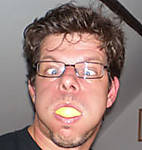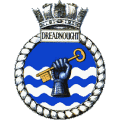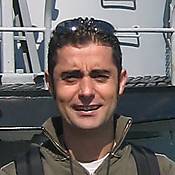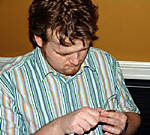Thank you for our kind words!
After having checked the hull I found that the little eagle on the stern got lost some time within the last half year. There are more eagles like that in the WEM PE Sets, but they are all too large to fit the stern. Reluctantly I have to give up on it. Otherwise the hull is ready to be placed into the water.
Now there will be lot of drying time during the next step. I use those times to further work on the detailing of superstructure parts such as the aircraft workshop just aft of the funnel. I call it AC workshop, because there will be one floater for the Arado stored on top of that structure and seems to have been removed from the ship at the same time as the catapult, butu I have no proof to determine that use.

Since the whole procedure of getting the ship into water does easily take more than a week, a lot progress will be made on other parts of the ship, but I will to not switch back and forth from now on. I will try to continue my report with finishing the water and add the detail work I did during drying/curing time when I am finished with the water. Ok, … here we go …
Having finally positioned the wood frame I make double sure I didn’t forget anything and put the styro-foam water into its place. There is no way to get it out undamaged from now on.
To avoid messing up the nice wood work, I apply Tamiya tape around the wooden edges for protection. In a next step I put regular cellophane foil on top of the water, slide the hull into place and wrap it up.



In the next step the void between hull and water is being filled with Acrylic gel. (You can use white of clear gel. I used up the white first and continued with the clear, which is still white in the photo, as it will turn clear when fully cured. ) With the void filled, I fold down the foil again and make sure that the new gel and the water merge nicely and evenly by spreading the gel with a big soft brush.

At this point I have chance to correct too deep troughs by filling them up, too.


For later protective purposes I apply masking take. It is hardly ever too early to add some protection!

When the gel has started to cure on its surface and start to stick to the sea bease better than the foil, I carefully pull up the cellophane again and start adding surface wakes along the hull, predominantly at the bow.


Now it’s drying time.
To be continued…
Guido







































































